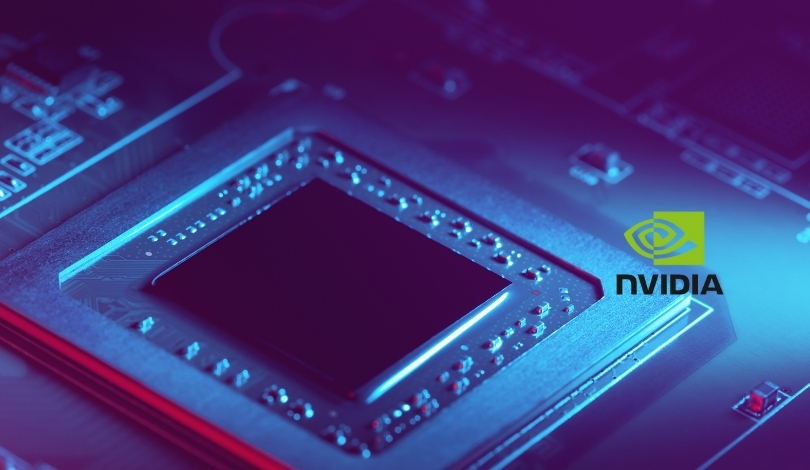AMD is strategically adjusting its pricing for the Radeon RX 9000 series, aiming to capture market share amidst Nvidia‘s supply challenges with the RTX 5090. This move not only positions AMD competitively but also offers consumers more affordable high-performance options. Industry analysts suggest that this pricing shift could lead to increased adoption of AMD’s graphics cards among gamers and professionals alike.
AMD’s latest pricing strategy comes at a time when Nvidia is experiencing stock shortages with its highly anticipated RTX 5090 model. By offering the Radeon RX 9000 at more aggressive prices, AMD seeks to attract customers who might otherwise wait for Nvidia’s supply to stabilize. This approach could significantly impact the current dynamics of the GPU market.
Why is AMD lowering RX 9000 prices?
AMD aims to increase its market penetration by making the Radeon RX 9000 series more accessible to a broader audience.
“Our goal is to provide top-tier performance at a price point that appeals to both gamers and content creators,”
stated a spokesperson from AMD. This strategy is intended to create a competitive edge over Nvidia by offering similar or superior performance at a lower cost.
How does this affect the RTX 5090 availability?
The introduction of more competitively priced Radeon RX 9000 cards could alleviate some of the demand pressure on Nvidia’s RTX 5090. As consumers consider AMD’s offerings, the reliance on Nvidia’s supply chain may decrease, potentially leading to more balanced availability across both brands. This shift could also encourage Nvidia to adjust its own pricing or production strategies to maintain its market position.
Will consumers prefer Radeon over Nvidia now?
Early responses indicate a favorable reception toward AMD’s Radeon RX 9000 pricing. Many consumers appreciate the value proposition, especially in light of Nvidia’s RTX 5090 stock issues. However, brand loyalty and specific performance needs will continue to play a significant role in consumer preferences.
In recent years, AMD has steadily built its reputation for high-performance graphics solutions. The latest pricing adjustment builds on this momentum, potentially accelerating AMD’s growth in markets previously dominated by Nvidia. This move aligns with historical trends where competitive pricing has successfully shifted market shares in the technology sector.
AMD’s proactive pricing strategy not only challenges Nvidia’s current market stronghold but also provides consumers with more choices in the GPU landscape. By addressing price sensitivity and supply concerns, AMD strengthens its position as a key player in the industry. For consumers, this means more accessible options without compromising on performance, fostering a more competitive and dynamic market environment.










